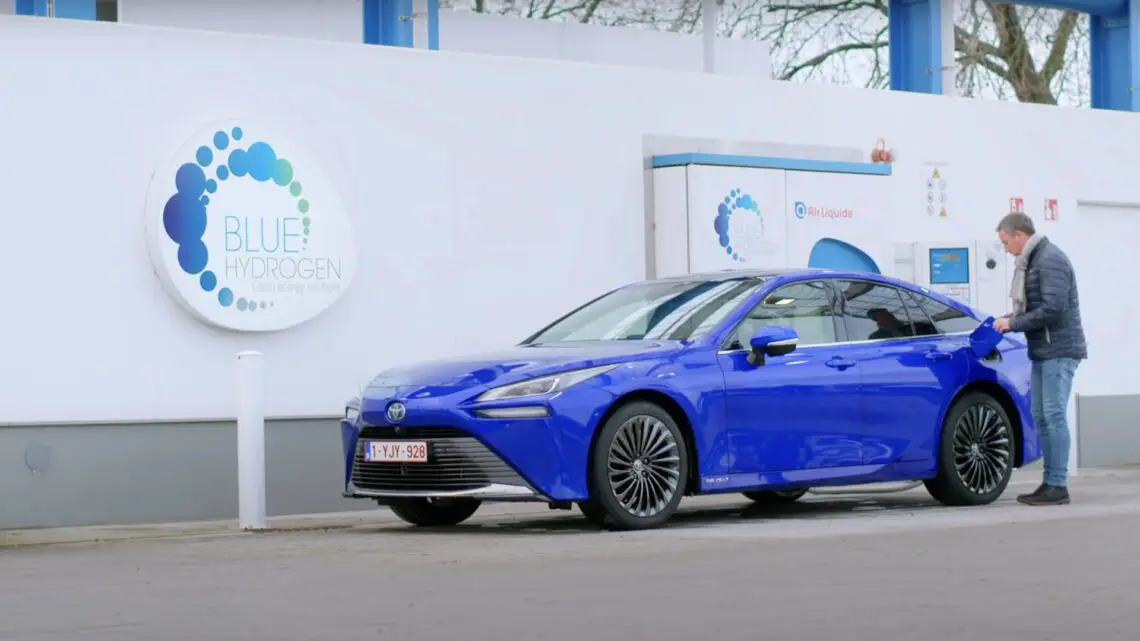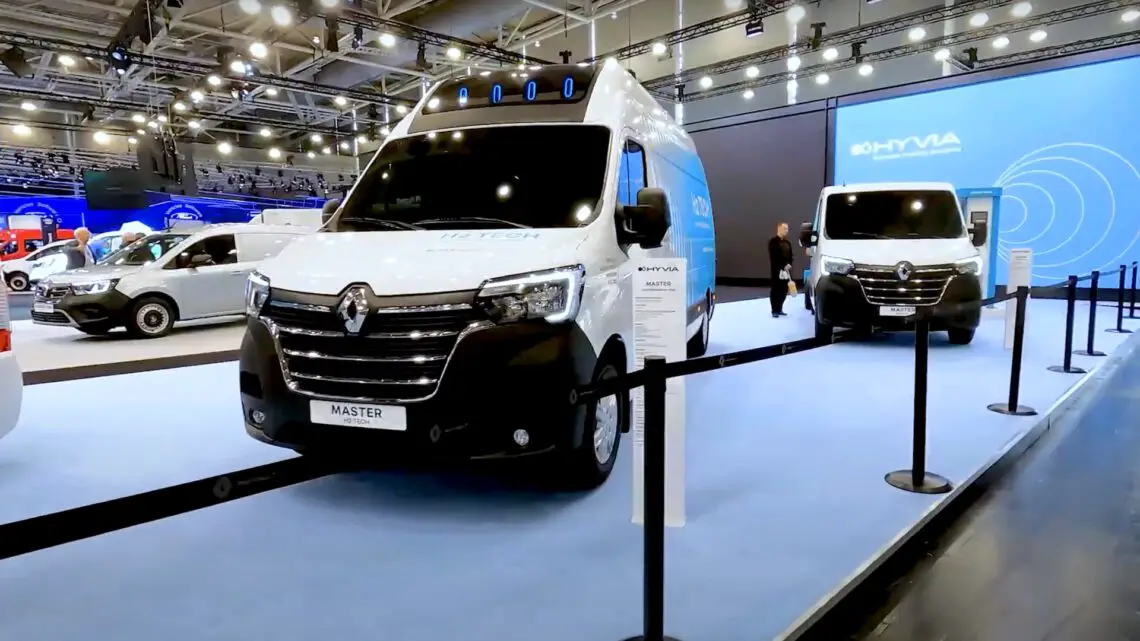When is energy truly sustainable and what about emission-free driving?
Important note
An important side note to make, but with the shift to renewable energy sources, energy is becoming greener. The Netherlands will invest heavily in solar panels, heat pumps and offshore wind farms. Indeed, the Netherlands wants to use only renewable energy sources by 2050 in order to be climate neutral and meet European climate targets.
Green hydrogen?
Even hydrogen is not always green yet. This energy carrier is currently still made using natural gas, but this too is undergoing a transition. Eventually we will get there and the use of fossil fuel will disappear further and further into the background. Preferably as soon as possible. The realization that things must be different is there.
You see especially that in the field of mobility there is plenty of investment in battery-electric propulsion, hydrogen and synthetic fuels. Those synthetic fuels – considered carbon-neutral – are probably good news for petrolheads. Because fuel engines will have a future because of it.

Thought Change
The Dutch government initially focused on battery-electric cars, but you can already see a change in thinking. The Netherlands is betting on BEVs and hydrogen technology. The goal is to develop a sustainable energy mix, including renewable electricity and heat. Hydrogen is also needed in this regard, because not everything can be made sustainable with electricity.
Hydrogen made with natural gas is called fossil (gray) hydrogen, because this process releases CO2 about 13 megatons per year. In the coming years, the government wants to replace these fossil hydrogen with cleaner alternatives.
You should think about:
- Low-carbon (blue) hydrogen: also made with natural gas, but here the released CO2 iscaptured and stored underground.
- Renewable (green) hydrogen: made by electrolysis of water with clean energy, such as wind and solar power. Now that’s a real solution.
One way the government plans to do this is through offshore wind farms and by importing renewable hydrogen from other countries. The existing gas pipeline network can be reused to transport hydrogen. What will happen in the next few years in the field of hydrogen?
- By 2025, there will be a nationwide network of 50 hydrogen refueling stations.
- By 2030, electrolysis capacity is 3 to 4 gigawatts, with sufficient storage sites and infrastructure.

What do we use hydrogen for?
- as an emission-free fuel especially for heavy transport (trucks, buses and shipping). By using hydrogen in mobility, it contributes to better air quality;
- as a raw material for chemicals, fertilizers or in refining processes;
- as fuel for industrial processes that require a lot of heat. As in the steel and paper industries;
- for buildings that are difficult to heat electrically or with heat networks. For example, old buildings in historic downtowns and houses in outlying areas;
- to generate electricity when solar or wind power is scarce. This can be done by reelectrifying stored hydrogen gas. This is called flexible controllable power.
Possibly also white hydrogen
Another interesting development: white hydrogen. We wrote about it on March 6, 2023. White hydrogen? What is that anyway? That term, of course, refers to hydrogen. Hydrogen found in the Earth’s crust. An October 2022 US Geological Survey (USGS) model shows that there is enough natural hydrogen to power the world for thousands of years. It may even be an inexhaustible source of renewable energy. White hydrogen is created as iron and water in the earth react with each other under high pressure and temperature. Among other substances, hydrogen remains. It is only still necessary to investigate white hydrogen further. What about energy density? How clean is it really? These questions must be answered in the coming years.
By the way, this white hydrogen is already being used in the African country of Mali. Near the Malian capital of Bamako, a small generator is operating to generate electricity for the village of Bourakébougou. This generator is powered by white hydrogen extracted locally from the ground there.

Challenges
- Frustratingly, a lot of power lies with the oil companies. These make billions in profits from fossil fuels, but do not make those billions available en masse to invest heavily in renewable energy. This is still very slow. Economic gain unfortunately still has a deterrent effect on the energy transition.
- Production of green hydrogen on a large scale is still a major challenge. This requires large technical installations. But once it stands, then we can really make meters.
- If automakers want to invest in hydrogen technology, there needs to be clarity from the government. A car manufacturer can only invest its pennies once. Since developing a car can cost more than a billion euros, a manufacturer needs clarity on the government course to take. For BEVs, that clarity is already there. For FCEV, there is growing clarity.
- Price of hydrogen per kilogram must come down. The more supply, the lower the price becomes. 10 euros per kilogram is unrealistic. Price now ranges from 17 to 27 euros per kilogram.
Supply of vehicles BEV and FCEV
FCEV 2023 offerings: Toyota Mirai, Hyundai Nexo, BMW iX5 Hydrogen (not for private sale)
BEV 2023 offerings: Thick 100 BEV models, too many to mention. Strikingly, more and more players from China, such as Xpeng, Hongqi, Seres, BYD, NIO and Aiways, but other brands are also investing heavily in BEVs.
Technical developments
- Much battery technology is still lithium-ion. Shifting to solid-state with higher energy density and lower weight.
- Battery manufacturer CATL says it has made a breakthrough in battery technology. The latest batteries have such a high energy density that even aircraft can use them to fly fully electric. Thanks to new technology, CALT achieves an energy density of as much as 500 Wh per kilogram.
- Loading faster and faster. 1-phase charging is no longer possible, 3-phase is the minimum. Fast charging capacity of cars is increasing. Premium models already reach 350 kW.
- EV will become mainstream, which will depress prices in the future. Depending on commodity prices.

